How the BERA Machine Works: A Step-by-Step Guide for Hospitals
The BERA (Brainstem Evoked Response Audiometry) machine plays a crucial role in assessing hearing health, particularly in newborns and patients who may be unable to participate in standard hearing tests. This guide covers the BERA machine’s functionality, how it operates, and its importance in healthcare settings, especially hospitals.
What is a BERA Machine?
A BERA machine measures the brainstem’s response to sound, evaluating the auditory nerve pathways up to the brainstem. This is particularly useful in assessing hearing in young children, infants, or patients with disabilities, as the test does not require active participation.
Why Use BERA Testing?
BERA is non-invasive, safe, and reliable, making it ideal for identifying potential auditory issues early on. It can detect hearing deficits, assess neural pathways, and, in some cases, help in diagnosing neurological issues.
How the BERA Machine Works: Step-by-Step
1. Preparation and Setup
- Patient Positioning: The patient is usually seated comfortably or reclined. Babies and small children might need to be sedated to minimize movement.
- Electrode Placement: Three electrodes are placed on the patient—on the forehead and behind each ear. These electrodes will detect the auditory brainstem responses.
2. Administering the Auditory Stimulus
- Sound Transmission: Sounds, often in the form of clicks or tone bursts, are sent through earphones placed in each ear. These sounds stimulate the auditory nerve, which then transmits signals to the brain.
- Frequency Control: The BERA machine allows technicians to adjust the frequencies to test different auditory ranges. This helps identify the lowest volume at which the brain responds to sound.
3. Recording the Response
- Electrode Monitoring: As the auditory stimulus is delivered, the electrodes record electrical activity in response to the sounds. The brainstem’s response to these sounds is picked up as small voltages.
- Waveform Analysis: The BERA machine captures these responses and represents them as waveforms, each peak indicating specific points of auditory processing in the brainstem.
4. Analyzing the Results
- Waveform Interpretation: Each peak in the waveform represents a different relay point in the auditory pathway. By analyzing the shape, amplitude, and timing of these waves, healthcare providers can identify abnormalities in the auditory system.
- Latency Evaluation: Delays in the response time, known as latency, can indicate hearing impairment or auditory pathway dysfunctions. This analysis is critical for diagnosing and tailoring treatment plans.
Common Applications of BERA in Hospitals
- Newborn Screening: Early diagnosis of hearing impairment can significantly impact language and cognitive development.
- Neurological Assessments: BERA tests can sometimes detect issues like auditory neuropathy, where nerve signals are disrupted.
- Hearing Loss Evaluation: For patients who may not fully communicate or participate in standard hearing tests, BERA is invaluable.
Benefits of Using the BERA Machine
- Non-Invasive: No surgical procedures are required, which makes it suitable for all ages.
- Early Detection: Identifies hearing issues early, allowing for timely intervention.
- Objective Data: Provides quantifiable data that audiologists and healthcare providers can analyze and track over time.
Key Considerations for BERA Testing
- Environment: It’s essential to conduct the test in a quiet environment to avoid interference.
- Patient Cooperation: Movement can disrupt results, so for infants, slight sedation may be used.
- Electrode Positioning: Correct electrode placement is critical to capture accurate waveforms.
Conclusion
The BERA machine is an essential tool in modern audiology, providing critical insights into hearing health and the auditory pathway. Its detailed analysis allows for early detection and intervention, crucial for the development and treatment of auditory impairments. This reliable, non-invasive method has become a mainstay in hospitals, making it indispensable for patients needing thorough auditory evaluation.
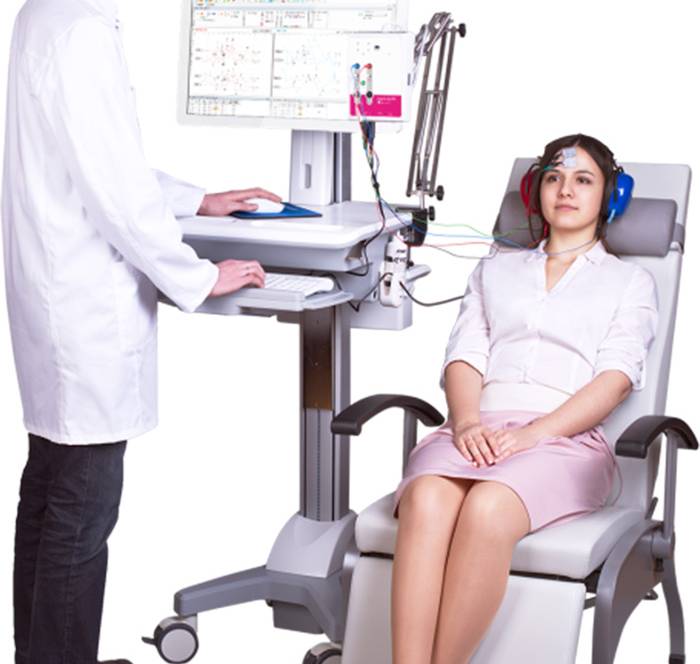
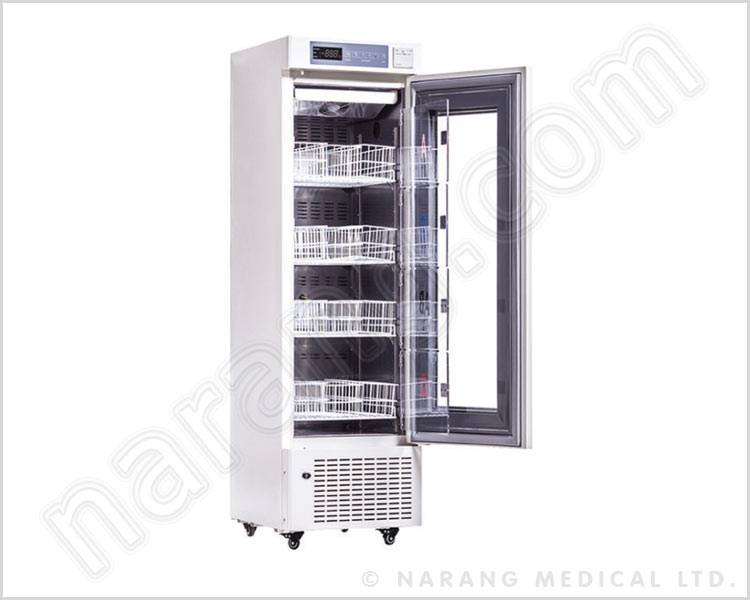

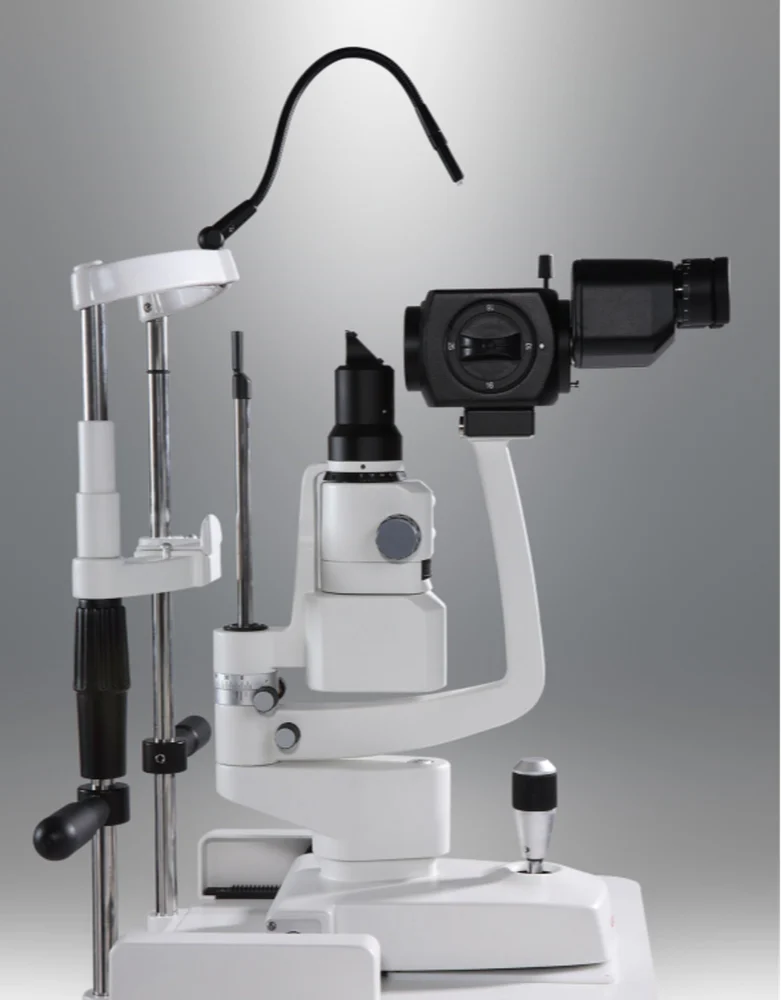

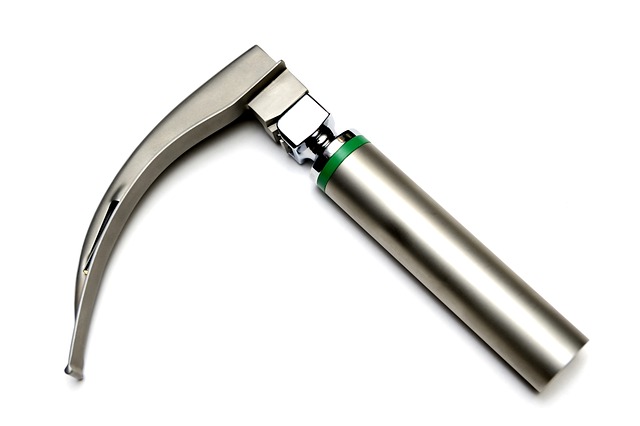
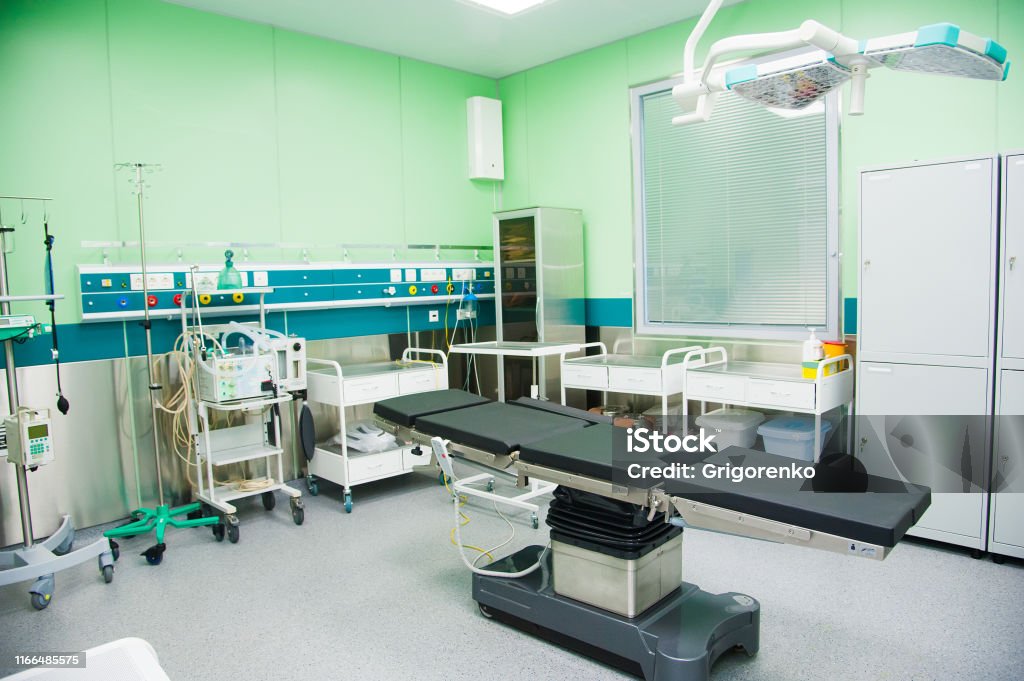
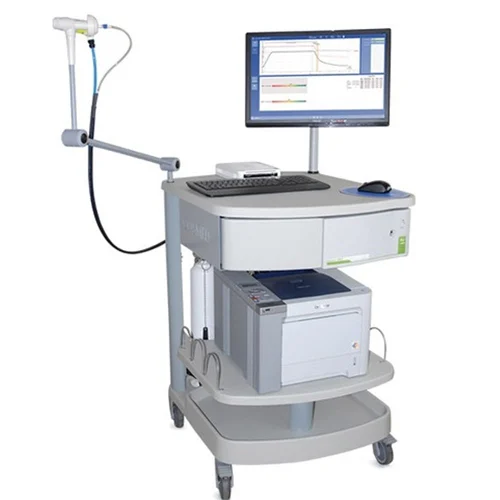
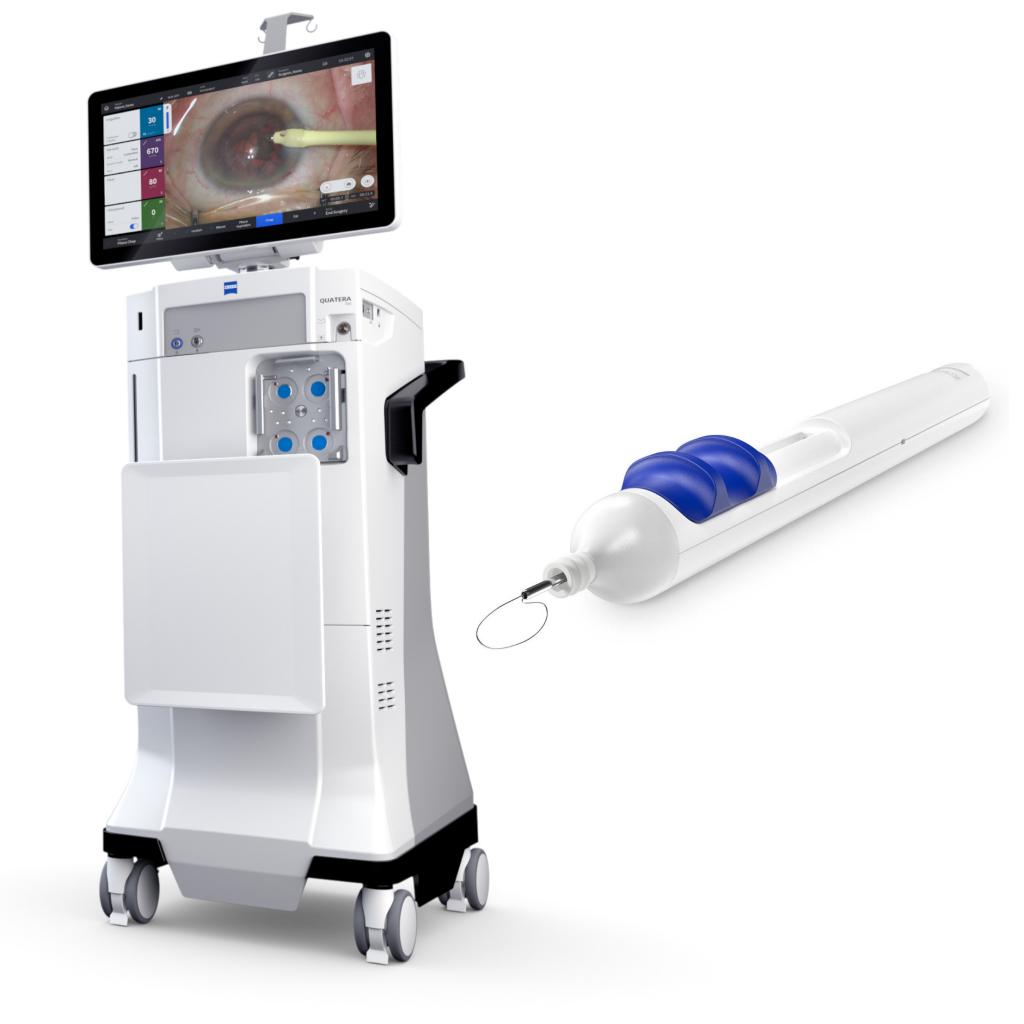
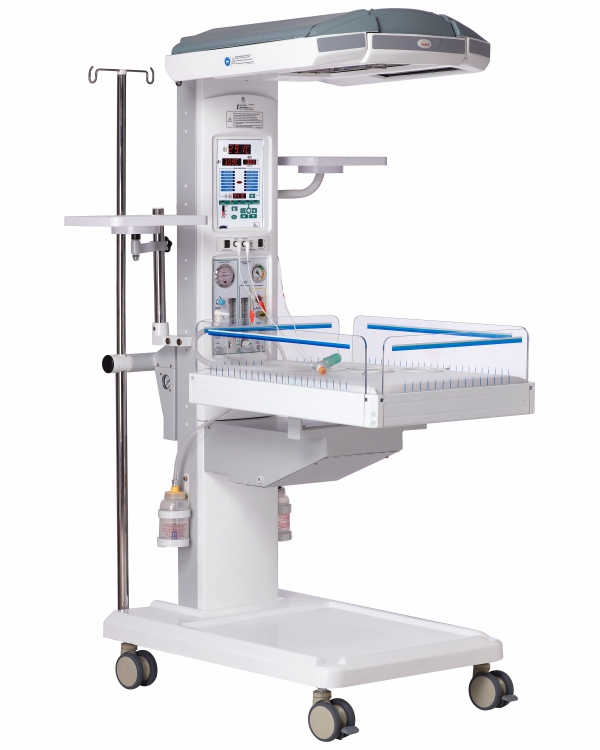
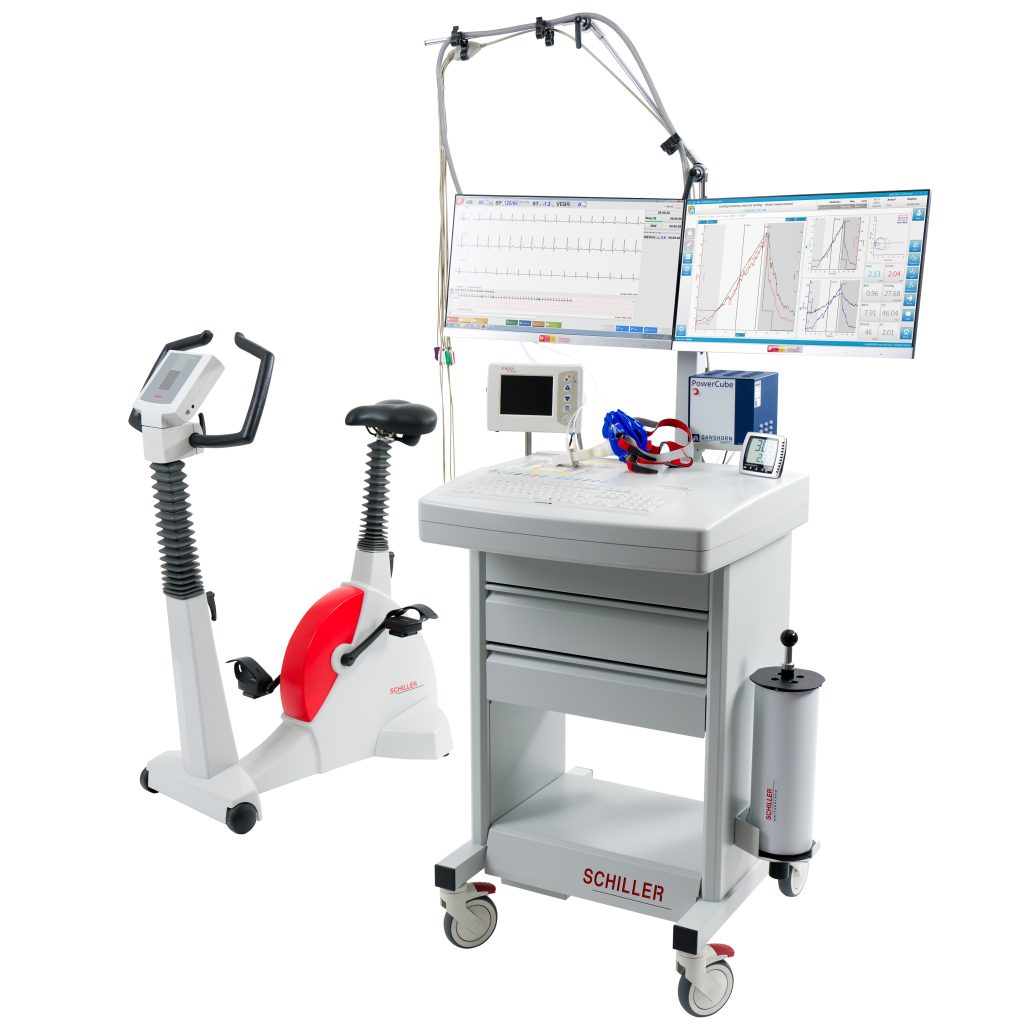



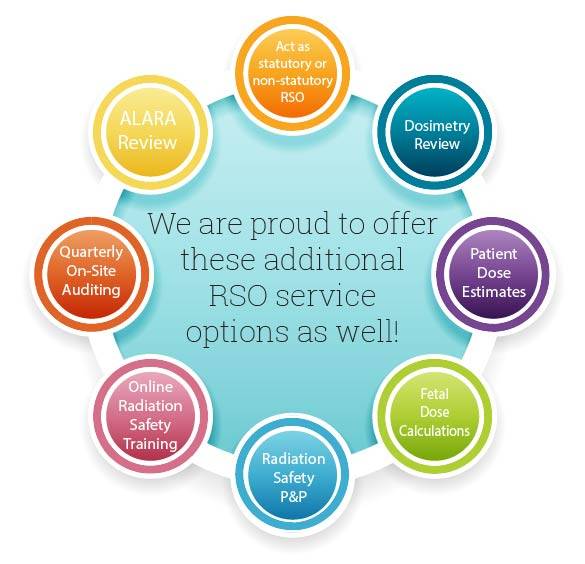
Leave a Reply